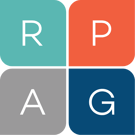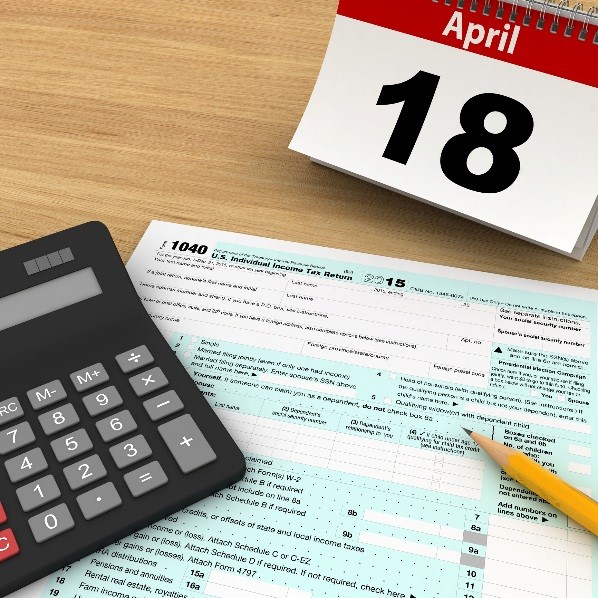Understanding Plan Eligibility

Is your company’s eligibility attracting and retaining quality employees? Is it competitive with other companies?
Eligibility is a waiting period and an age requirement for participants to meet in order to become eligible for a retirement plan. Some plans may also require an employee to work a certain number of hours to become eligible and there may be on-going requirements in order to receive company contributions.
The maximum waiting period that a company can choose is two years and the age requirement cannot exceed 21. If a plan has a two year waiting period, the employee must be 100% vested immediately in employer contributions. The maximum number of hours that an employee can be required to work to become eligible is 1000 hours. Immediate eligibility is permissible and plans are not required to have a waiting period, age requirement or hours worked requirement. Most companies have a waiting period of one year or less and choose age 21 or age 18 as the age requirement. To align with other employee benefit plans, companies will commonly choose the same waiting period as they have for their other employee benefits. As an on-going requirement, companies can require employees to be employed on the last day of the plan year and/or work at least 1000 hours during the 12-month plan year to be eligible for a company contribution.
Plans can have different waiting periods for employee contributions and employer contributions. For example, companies can choose “dual-eligibility” and allow employees to begin contributing their own contributions after three months of employment, but complete a year of service to be eligible for company matching contributions. Companies will consider this option if employer matching cost and employee turnover are a concern. Once an employee has met the eligibility requirements for the plan, they will enter the plan on pre-established intervals. These entry dates can be anywhere from immediate entry (1st pay period after meeting eligibility requirements) to an annual entry date which is only available if the plan has immediate eligibility and no waiting period. Common entry dates are immediate, monthly and quarterly.
For plans that choose a waiting period of less than one year of service and less than age 21, annual ADP/ACP non discrimination testing rules allow plans to test the group of employees with less than a year of service and less than age 21 separately from those that have met the one year of service and age 21. The annual ADP/ACP non discrimination testing compares the average contributions from highly compensated employees to non-highly compensated employees and if the difference between the averages is above the permissible amount, a correction needs to be made to pass the test. This usually results in taxable refunds back to highly compensated employees. Generally speaking, plans have lower participation from shorter term employees and companies can choose to use the test with the more favorable results – those with a year of service and age 21 and those without.
ACR#138133 02/15



